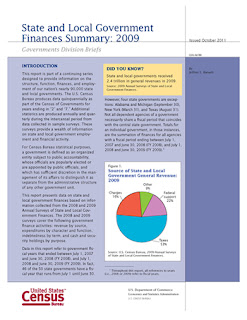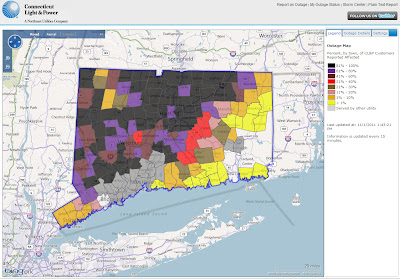On Monday, Nov. 7, the U.S. Census Bureau will release research on a supplemental poverty measure that complements, but does not replace, the nation’s official poverty measure.
Census Bureau subject matter experts will host a technical webinar Friday, Nov. 4 in advance of the release to provide background into the development of the supplemental measure as well as the methodology used.
The Census Bureau developed the supplemental poverty measure after years of research and collaboration with the National Academy of Sciences and other organizations. The supplemental measure is designed to reflect contemporary social and economic realities and further our understanding of economic conditions and trends.
Technical Webinar
What: The webinar will consist of a simultaneous audio conference and online presentation. Reporters will have the opportunity to ask questions after completion of the presentation. The webinar focuses on the technical issues surrounding the development of the measure; the research results will be presented and posted online Monday, Nov. 7 (see below).
When: Friday, Nov. 4, 10 a.m. EDT
Who: Kathleen Short, research economist, U.S. Census Bureau
Thesia Garner, research economist, U.S. Bureau of Labor Statistics
Details: Audio conference ― access information
Toll free number: 888-994-3819
Passcode: CENSUS
Conference/meeting passcode: CENSUS
Note: Stay on the line until operator asks for the passcode. Do not key in passcode.
If closed captioning is required:
Seminar and Release of Supplemental Poverty Measure Research
What: The Census Bureau will release a report on its supplemental poverty measure research results at a seminar co-sponsored with the Brookings Institution’s Center on Children and Families. Following the presentation on the findings, the Census Bureau’s subject matter expert will be available to answer questions from the media. The research report will be posted on the Census Bureau website at the conclusion of the presentation.
When: Monday, Nov. 7, 2011
Presentation: 8:30 to 9 a.m. EST
Q&A session: 9 to 9:30 a.m. EST
Who: Kathleen Short, research economist, U.S. Census Bureau
Where: Brookings Institution
1775 Massachusetts Ave, NW
Washington, D.C. 20036
Presentation: Falk Auditorium
Q&A session: Johnson Room (adjacent to auditorium)
Contact: Reporters planning to attend should contact D.J. Nordquist of Brookings at










